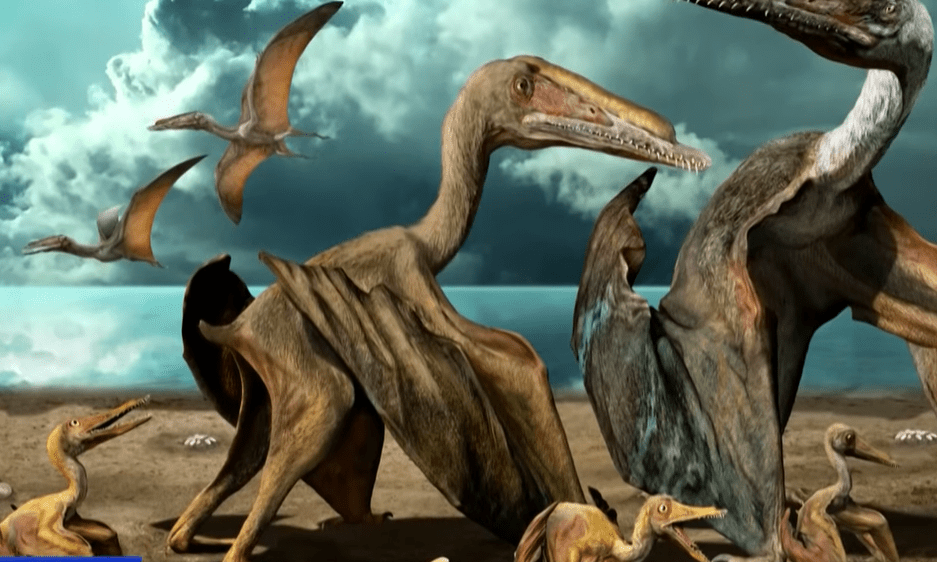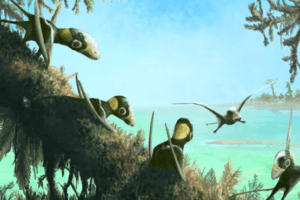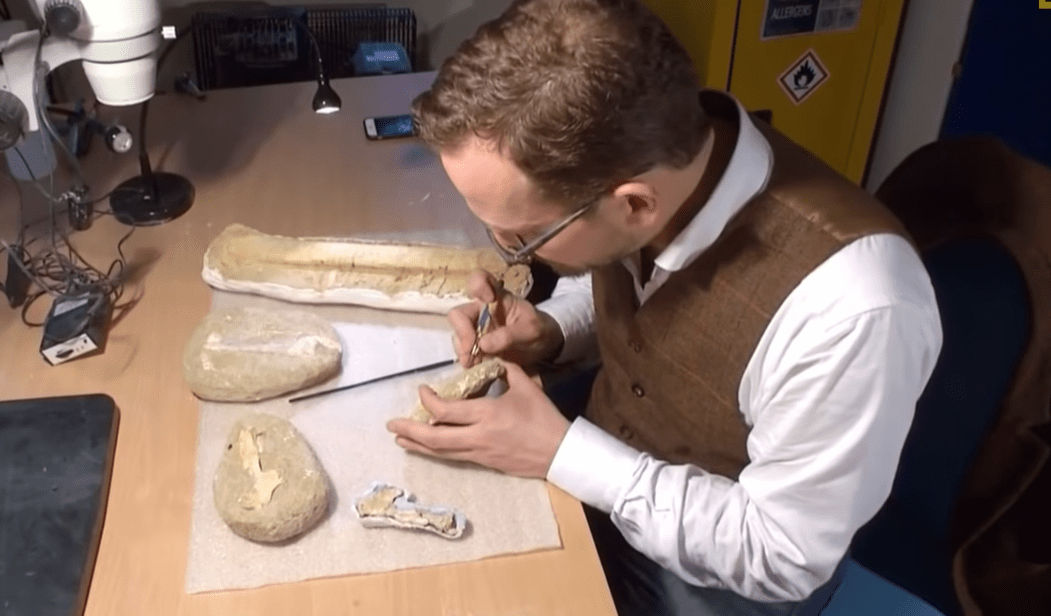The cretaceous period was an age where many extinct animals had their last years on earth. Ranging from dinosaurs, pliosaurs, ammonites, and pterosaurs all perished during the extinction process. No one has ever discovered the migration of the later across continents to Africa until today.
It has been over 100 million years since man knew pterosaurs surfaced on the face of the earth. After the break down of the landmass, they have lived in Asia and Europe until their extinction. It is so much to what humankind knew. But in recent days, the people of Southeastern Morocco extracted fragments of the fossils.

After a close evaluation of the animal’s jaws and pointed teeth, paleontologists discovered that it was not only a single species of the flying reptiles, but four of them. The discovery kick-started the year on a high note, making them come down to Africa and find out more about them.
How do these four new species look?
Among the four, toothed pterosaurs were three while one of them was toothless after studying its jaws. The latter is the first of a kind discovered in the African continent. Their teeth were sharp enough to grasp and hold fish from the sea. They had extra-wide wings to increase aerodynamics and support their big body.
These flying reptiles had a compact body covered in leather to help them retain heat during winter and cold nights. They had long necks, like the plesiosaurs, close to the size of a giraffe to help them stretch out and capture fish. Their skulls were long, with some species having them crested to protect it when it hits hard objects.
They were the lords in the air back then, having been big, flying creatures due to many adaptations that made it possible. Their bones were unlike the average animal weight, they were thin, hollow, and light to help them manage air pressure. Some had no tails, but to those that were present, they were small but supportive of their steering and maneuvering.

How did they become extinct?
The end was so near for these rare creatures millions of years ago, but no one knew how to save them from destruction. A massive comet or asteroid caused mass destruction on earth, causing the death of many land animals and destruction to the environment. Pterosaurs did not survive this, unlike their fellow sea reptiles, who weighed less than 25 kg.
At the time, they lived as one big happy family on the same landmass but still maintaining survival for the fittest tactics. But the destruction caused the land to break out to form the seven continents of the world. The survivors lived in current Europe and Asia until the recent discovery of the four species in Kem Kem fossil beds in Southeastern Morocco.
Scientists show that they lived to evolve from the toothed to toothless pterosaurs found in the Azhdarchidae family. It was due to high CO2 levels that lead to the death of many sea creatures leading them to lack food.

Why is it shocking to discover their existence in Africa?
Paleontologists have never discovered their existence in the African continent, and it was so unlikely that they do soon. It was until the recent discoveries in Morocco that raised eyebrows. Some of the fossils of these species were in Asia, Europe, and some discovered and preserved in Brazil.
But according to their history, they are in different parts of the world. It is then no surprise to find them in America or any other place around the globe. Their strong wings that could withstand high aerodynamics are a start to help you understand how they moved all over the world. Food was not the only source of concern as they flew since they could catch a fish at any time and feed it anywhere.
They had cousins all over the world but never has any case come from Africa. They were in Brazil and China. The Moroccan sample had a close resemblance to the Brazil and England sample.
What were some of the complications faced in the discovery?
The fossil miners risked their lives in the extraction as they only used masks to protect themselves from dust. They sometimes scrapped off sediments attached to the fossil, making it hard for paleontologists to discover more. It helps them find out the region they lived in from the layers of rocks found within it.
Their fragile bones made it harder for the researchers since most of it was in fragments leaving an incomplete sample. They had to work with what was available and did their best to analyze the fossil to come up with a valid conclusion.
